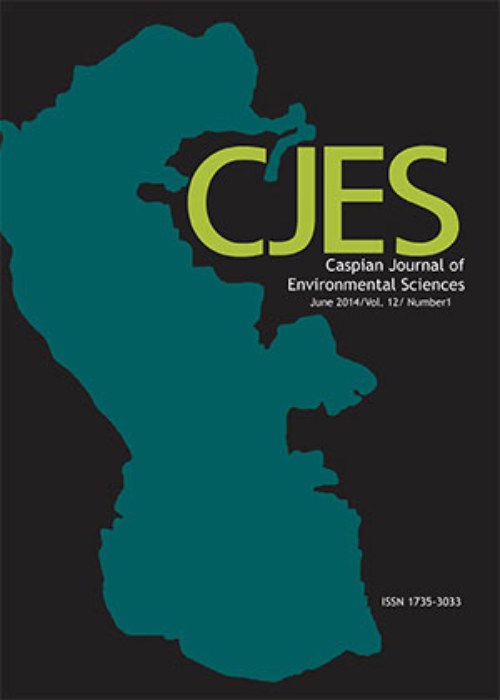Diversity of macrophytes and microphytes in an urban wetland, Babol, Mazandaran Province, Iran; toward a conservation policy
Author(s):
Abstract:
Despite to its importance for retaining biodiversity and human health, urban wetlands have received much less attention than other wetland types in northern Iran. This study deals with the floristic characteristics of one of the largest urban wetlands in Central Mazandaran, Roshanabad wetland in Babol. All vascular plants were collected during two growing seasons of 2014 and 2015 and water sampling was performed seasonally (autumn 2014 to summer 2015). We encountered 102 plant species belonging to 80 genera and 39 families. The largest families in the studied area were Poaceae with (11.7%) followed by Cyperaceae and Asteraceae (9.8%) and Fabaceae and Polygonaceae (5.9%). Genera represented by the greatest number of species were Cyperus (7 sp.), Polygonum (4 sp.), Ranunculus (3 sp.) and Typha (3 sp.). Classification based on life form, indicated that the therophytes (47%) comprised the largest proportion of the plants in the studied area. From chorological point of view, the largest proportion of the flora belonged to the pluriregional elements (62.3%). Various habitats of the wetland are discussed. Moreover, 63 genera of fresh water algae, belonging to eight phyla were identified in the study area. Cholorophyta with 28 genera was the most abundant phylum followed by Bacillariophyta (19 genera), Cyanophyta (6 genera), Euglenophyta (4 genera), Chrysophyta, Dinophyta (2 genera), and Charophyta, Xanthophyta (each with one genus). Moreover, a comparison between the data as well as ratios of species/genera and genera/families collected from this wetland and from the other wetlands in north Iran has been provided. Roshanabad wetland had fewer aquatic species compared to some other wetlands in north of Iran, because of anthropogenic effects such as penetration of agricultural and urban sewage which has large quantities of nitrate and phosphate, and distribution of exotic aquatic plant, Azolla filiculoides. Moreover, Palmer Index of pollution shows that the wetland has high ratio of pollution in all seasons. This urban wetland site may be considered as a pilot site for the interaction of human effects and biodiversity pool. This is among the first attempts for restoration of such an important and sensitive ecosystem in north of Iran.
Keywords:
Language:
English
Published:
Caspian Journal of Environmental Sciences, Volume:14 Issue: 3, Summer 2016
Pages:
191 to 204
magiran.com/p1595358
دانلود و مطالعه متن این مقاله با یکی از روشهای زیر امکان پذیر است:
اشتراک شخصی
با عضویت و پرداخت آنلاین حق اشتراک یکساله به مبلغ 1,390,000ريال میتوانید 70 عنوان مطلب دانلود کنید!
اشتراک سازمانی
به کتابخانه دانشگاه یا محل کار خود پیشنهاد کنید تا اشتراک سازمانی این پایگاه را برای دسترسی نامحدود همه کاربران به متن مطالب تهیه نمایند!
توجه!
- حق عضویت دریافتی صرف حمایت از نشریات عضو و نگهداری، تکمیل و توسعه مگیران میشود.
- پرداخت حق اشتراک و دانلود مقالات اجازه بازنشر آن در سایر رسانههای چاپی و دیجیتال را به کاربر نمیدهد.
In order to view content subscription is required
Personal subscription
Subscribe magiran.com for 70 € euros via PayPal and download 70 articles during a year.
Organization subscription
Please contact us to subscribe your university or library for unlimited access!


